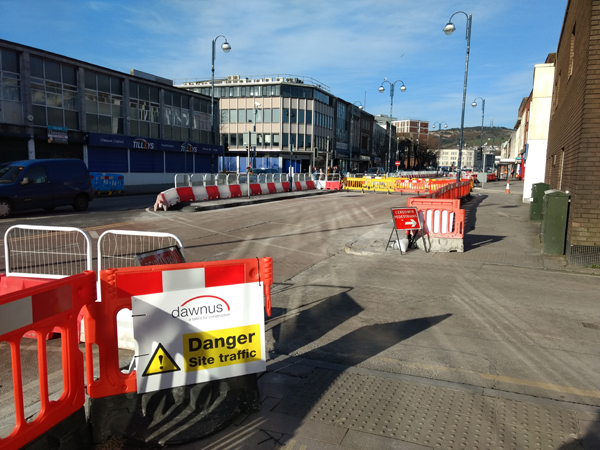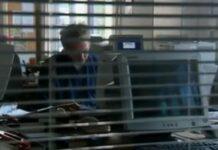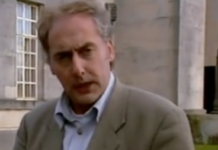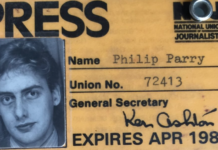
- David Cameron To Take Over Swansea Roadworks - 28th February 2020
- Greta Thunberg Action Figure Surprise Christmas Hit - 27th January 2020
- Charlotte Church to Play Gwyneth Paltrow’s Vagina - 14th January 2020
In the 18th and 19th century it was a truth universally acknowledged, that a single man in possession of a good fortune, must be in want of an impressive decorative folly for the front lawn. Having done The Grand Tour, marveled at the ruins of Rome and Athens the stinking rich would invariably erect a vision of romantic decay at home to intimidate guests and lend an air of permanence to a newly created landscape garden.
The Georgian and Victorian follies often took the form of decaying abbeys or Hellenistic temples and although nice to look at, were never intended to be used. In a similar vein Henry Somerset, 12th Duke of Beaufort has erected a New Elizabethan folly in the centre of Swansea.
Henry’s ancestor 7th Duke of Beaufort won Swansea City centre in a bet and the family has been wondering what to do with it ever since. In 1842 the 7th Duke bet a fellow member of The ‘Four-in-Hand Club’ that he could navigate the entire British Empire using only a backpack a copy of Whitaker’s Astonishing Guide to Natives Types and a bottle of smelling salts. Upon his return, he claimed Swansea in what became know as the Gower Peninsular War. Bloodless in all respects it was however considered to be against the Bible’s teachings due to Swansea not being mentioned in the Bible.
In the summer of 1973 whilst on a walking holiday in Wales, the 11th Duke decided the landscape of Swansea City centre needed a magnificent ruin to give it a sense of bygone splendor. It already had a run-down castle and a Woolworths so he knew it would have to be something more reminiscent of modern history.
Eventually, he came up with the idea of recreating the blitz. Huge craters, impassible roads and buildings torn down to be replaced by makeshift sheds. Work began in earnest in the 1980s and today we see the completion of the dream. Many people take it to be roadworks and construction which will eventually benefit the people of Swansea in practical terms. It is, in fact, a gigantic folly designed to be best viewed from a townhouse in Belgravia via Google Earth.

Like many follies, its history is little known and its purpose often mistaken for something more practical. This is nothing new in Swansea of course. For a number of years, the County Hall Folly on Oystermouth Road was mistaken by visitors to the area for a fully functional seat of local government.









